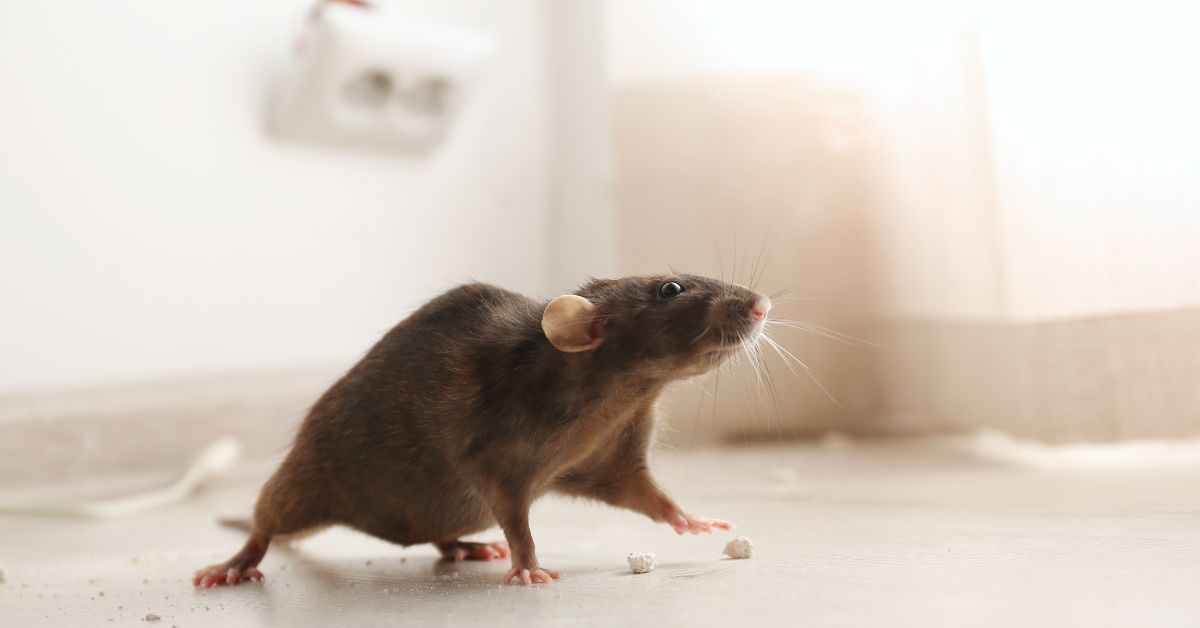Cockroaches: The Unwanted Invaders Luring You Out of Your Comfort Zone
What There is to Know About Cockroaches
No one likes to come face-to-face with a cockroach—it is a huge nuisance, especially when it’s scurrying around your house. The truth is, having a cockroach infestation can be a major problem, and should not be taken lightly.
Cockroaches are incredibly resilient little creatures, with the ability to withstand extreme temperatures; they can survive up to two weeks without food, or even a week without water, and they can hold their breath for 45 minutes! With these kinds of skills, it’s no wonder they’ve become such a common nuisance throughout the world.
But what exactly do the cockroaches cause, and how can you protect yourself against them? Read on to learn more about the threats cockroaches pose and the measures you can take to keep them out of your home.
Common Types of Cockroaches: An Overview
There are over 4,500 known species of cockroaches in the world – some of them capable of flight and others more suited to crawling. The most common types of cockroaches that seem to infiltrate homes in the United States are American, German, and Oriental cockroaches. Here's a quick overview of each:
- American Cockroach – These large (1.5-2 inches in length) reddish-brown bugs are the most common cockroaches you're likely to find in your home. They're usually found near food sources, such as kitchens, pantries, and food storage areas.
- German Cockroach – These smaller (about ½ inch long) tan or light brown bugs are the most common cockroaches you'll find in your home. They're usually found in bathrooms, around plumbing fixtures, and in other warm, moist areas.
- Oriental Cockroach – These large (1-1.5 inches long) shiny black roaches prefer the dark and damp spaces found in basements, drains, and sewer pipes.
Cockroach Behavior
Cockroaches are a nocturnal species and are most active at night. During the day, they seek out hiding spots, such as cracks and crevices, to avoid predators. When disturbed, they will quickly run away in search of a safe area.
Cockroaches are omnivorous and will eat almost anything they can find. They especially like high-protein foods, such as meats and cheeses. They also eat plants and sweets, including syrup, honey, and jelly. Cockroaches move rapidly and can climb into small spaces with ease. They also have special glands located on their abdomen that emit a musty, odorous smell when disturbed. This smell is used as a defense mechanism to ward off potential predators. They have flattened bodies that help them maneuver through tight spaces and climb vertical surfaces. In addition, cockroaches can fly and their wings allow them to move from place to place quickly. This means they can reach food and water sources quickly and escape danger with ease.
What Attracts Cockroaches
Cockroaches are attracted to dark, warm, and damp places, so it’s important to keep surfaces clean and dry since a moist environment will only make them feel more welcome. Greasy and sugary substances provide an ideal diet for cockroaches, so you’ll want to keep these types of foods in airtight containers and make sure that any spills are thoroughly cleaned up.
It’s also a good idea to pay attention to any items you bring into your house that might offer a potential hiding spot for cockroaches. For instance, cardboard boxes or paper bags provide the perfect home for a cockroach, so make sure to always check any items you bring home before storing them away.
The Health Hazards of Cockroaches
Cockroaches can spread a number of diseases and allergens, making them a serious public health issue. Roaches feed on fecal matter, sewage, and garbage, and their bodies can be a vector for infecting your environment with bacteria, parasites, and viruses, leading to food poisoning and the spread of allergens and asthma.
While you may think that catching a glimpse of a cockroach is the worst possible thing that could happen, it gets much, much worse. Female cockroaches deposit eggs in crevices, and given the right conditions, these eggs will hatch and the population will begin to grow rapidly. Not only will this further contaminate your environment and make you more prone to diseases, but infestations can also cause structural damage to your home.
How to Get Rid of Cockroaches
There are a number of ways to get rid of cockroaches and keep them from invading your home. The most effective way to prevent cockroaches from entering your house is to keep it clean and dry. This means frequently cleaning and vacuuming your surfaces and getting rid of any food or water sources that might be attracting them.
For dealing with an existing infestation, you can use insecticides or contact a local extermination company. Insecticides can be used in both sprayed and baited forms, and if you choose to go this route, make sure to read the directions carefully before using it.
As a last resort, you can also contact a local pest control company. They will assess the severity of the infestation, and then you can choose from a variety of treatments ranging from chemical and biological control to physical extermination.
If you’ve noticed signs of a cockroach infestation in your home, it’s important not to ignore it or wait for the issue to go away. Cockroaches reproduce quickly and can spread disease, so it’s important to treat the issue promptly to ensure the safety of you and your family. If you think you may have a cockroach infestation, then you should consider calling in the experts at Eyring Pest Control.
Eyring Pest Control has years of experience in pest control and can evaluate your home to determine the severity of the infestation. The team at Eyring Pest Control is experienced in treating cockroaches and other pests and can provide you with a comprehensive treatment plan that takes your infestation size, location, and budget into consideration. Eyring Pest Control also offers helpful tips on cockroach prevention to help reduce the likelihood of an infestation happening again. So no matter the size of your home,
call in the professionals at Eyring Pest Control for your cockroach control needs.
Our Recent Articles



